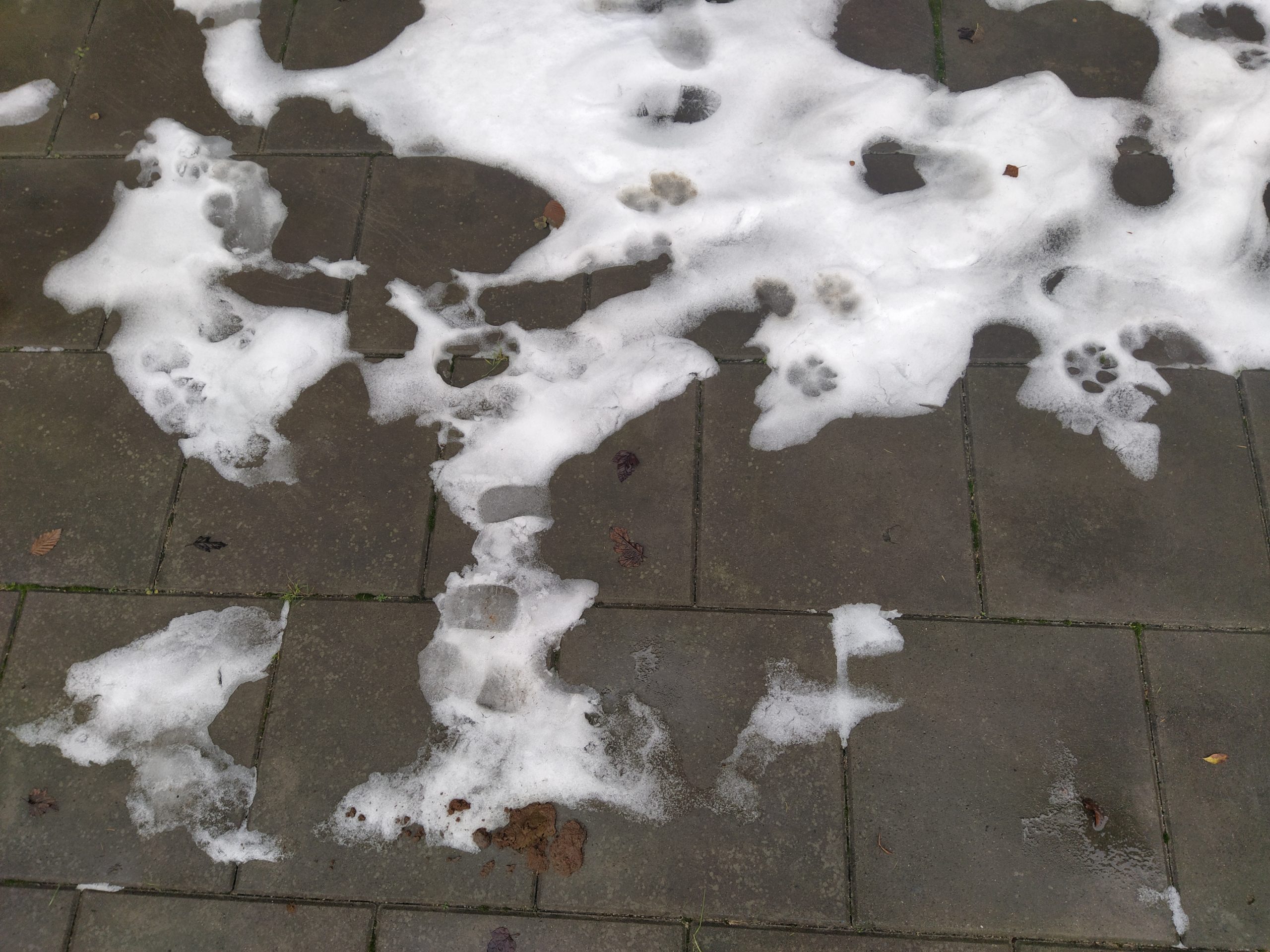Neglected Materials
Conduct its analysis, concentrating on its smell, texture, and approximate appearance. Imagine it as the primary material for your works. Consider how it would change their atmosphere, form, and how you could play with it.
- Choose a raw material:
– Select a raw material that you typically overlook in your daily life. It could be soil, sand, wood, metal, or plastic. Limit yourself to one raw material to focus on its analysis.
- Sensory analysis:
– Focus on the senses: touch, sight, smell. Feel the texture of the raw material, think about its color, and even try to describe its distinctive scent.
- Artistic imagination:
– Mentally transport yourself to your studio, where the chosen material becomes the main ingredient. How will it impact the atmosphere of your works? How will it change their form? Imagine how the raw material can become an integral part of your creative process.
- Experimenting with techniques:
– Consider how you can use the chosen raw material in your works. Can it be the foundation for your painting or a component of a sculpture? How can you incorporate it into painting or filming techniques? Consider how the raw material could change the atmosphere of your pieces. Will adding it to your creativity bring new depth, symbolism, emotions?
- Practice:
– Conduct specific experiments with the chosen raw material. Touch it, feel it on your fingers, see how it reacts to different techniques. Allow yourself to experiment freely.
- Conclusions:
– After the experiments, reflect on the conclusions you’ve drawn. Has the chosen raw material brought a new quality to your creativity? What new perspectives has it opened, or has it completely reaffirmed you in classical artistry?
This exercise aims to broaden artistic horizons by exploring a new raw material and developing creativity through the analysis and utilization of its potential in the creative process.
Author: Radosław Chorab
